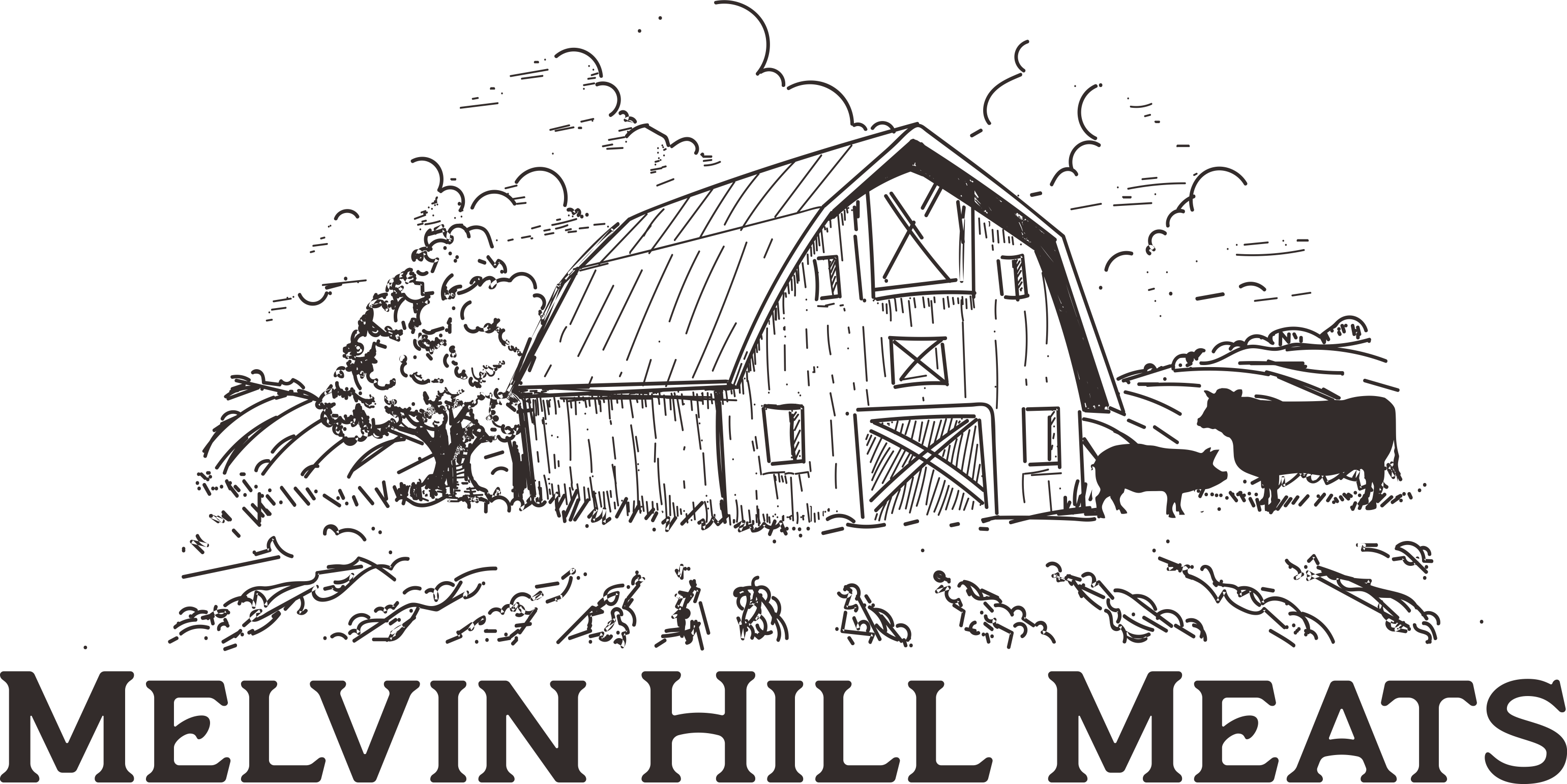What’s the difference between stock and broth? Is there even a difference?
If you’re hungry, the difference might not matter.
If you’re a mom just trying to feed a tribe of little people, you might not care.
Stock and broth are different. But different more like children from the same parents than like Bobby Sue, a southern rights activist, and William, the gated community HOA president.
Here’s the quick and dirty on stock and broth…
Broth is liquid...
in which meat is simmered for a short time (less than 2 hours). It is usually seasoned (with salt) and may include veggie trimmings (onion, celery, carrot) in the liquid and other aromatics (pepper, garlic, etc).
Broth is thin and watery compared to stock.
Stock is liquid...
in which bones, and sometimes meat, are simmered for at least several hours. It is usually unseasoned.
Stock is thicker and richer compared to broth, but not as flavorful because it lacks the veggies and aromatics.
Bone broth is...
confusing because it’s actually more stock-like (because it’s bone-based and cooks for an extended period).
But bone broth is sometimes seasoned, may have veggies, and often includes aromatics…which makes it broth-like.
The longer cooking time on bone broth concentrates more amino acids, vitamins, and minerals in the liquid.
(Side note: this is one reason you want high-quality bones for bone broth…that same long cooking time that gets the good stuff out of the bones, will get the bad stuff).
Comparison and ranking of broth, stock, and bone broth
Ranked in terms of nutrient-density from least to most it goes broth, stock, bone broth.
Ranked in terms of flavor from least to most it goes stock, broth, bone broth.
Ranked in terms of recipe versatility from least to most it goes broth, stock, bone broth.
Yeah, I’m a sucker for bone broth.
Cheers!
Bone Broth Recipe
Ingredients
-
Knucklebones with exposed marrow (or any other bones with connective tissue and some meat bits)
-
Water
Process
-
Optionally* roast the bones in a 400F oven until slightly browned and fat is beginning to render
-
Put bones (and any drippings from the optional first step) into a pot with water
-
Simmer gently (not a rolling boil) for 24-48 hours
-
Strain out bones and other bits and store in the fridge for up to a few days or freezer for some months.
*Roasting the bones first will create a richer flavor and darker color in your bone broth. You’ll capture some of the goodness of the Maillard reaction.
